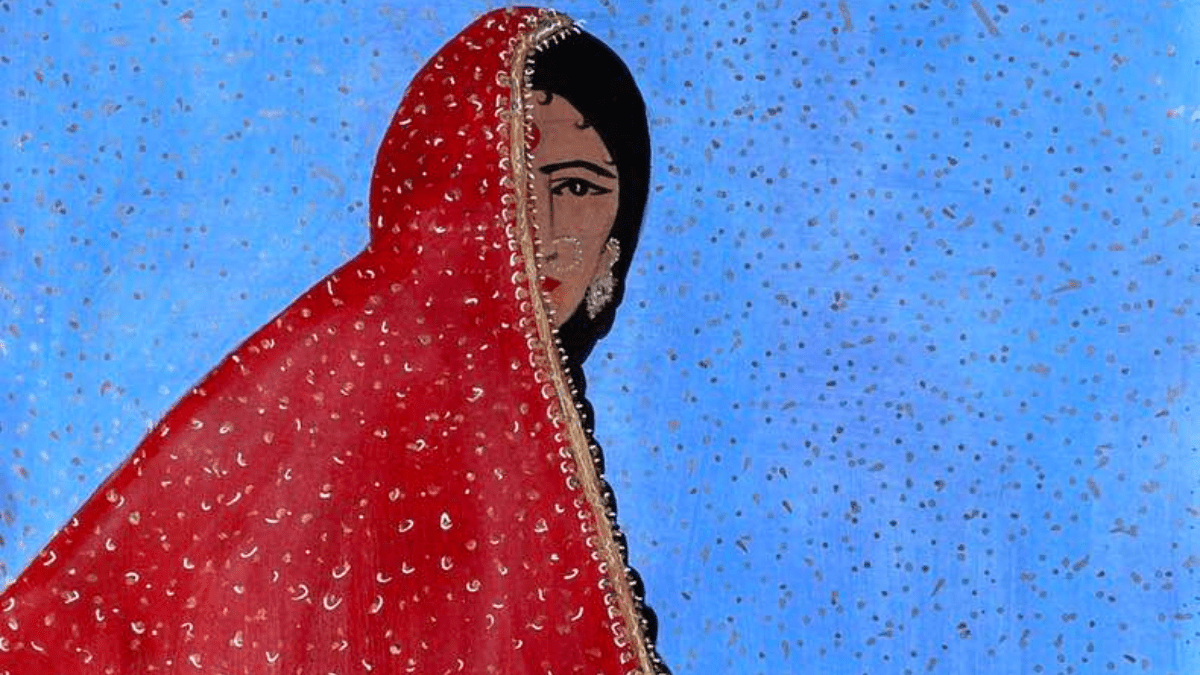As a cherished endowment of Indian traditional clothing, the dupatta is not just a gizmo to inflame the sophisticated feminine allure. It is also persistently used to fuel the gender-typecasts, favouritisms and the ceaseless stiff-necked conspiracy of dividing and cataloguing women into off-the-shelf rows of “good” and “bad” by adoring or tarnishing them through defective tags of dignity.
While it is not adorning the head, the entity of the dupatta subsists around the shoulders with a splashy blend of religious idealism and second-rate Bollywood romanticism. The excessive glorification of the customary dupatta in typical Indian religious and social structures, and the hidden complexes and stigma around it say a lot about the foul understanding of modesty, dignity and the prejudiced parameters of our culture.
The history of the dupatta
The seeds of the dupatta-complex began in history, leaping and evolving through the diverse phases of time till the societal frameworks developed and absorbed the flawed definitions of dignity. But how does it affect the idea of freedom and equality under the canopy of fundamental rights?
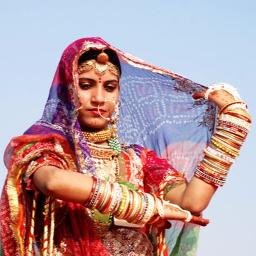
The dupatta is not just a piece of fabric that is wrapped around the shoulders and adds up auxiliary allure to the feminine crux. It is a fraction of perception, labelling women on a daily basis. Most women have had numerous realistic fashion fantasies around the fluttering folds of a dupatta. But since childhood women, including me, have witnessed how the taut patriarchal frames of Indian Muslim society set the definitions of dupatta by disparagingly connecting it with the shallow splashes of “izzat” (dignity), which basically translates into the offensive politics of comparing women to precious objects or scrumptious foods, like “pearl in the shell“, “peanut in a cover“, “mobile with screen-guard” or “candy in a wrapper“.
According to Utsavpedia, ‘the motive (of wearing a dupatta) was modesty and also a mark of respect towards the family elders.’ From the Indus valley civilisation, the Vedic era and the Mughal epoch to the contemporary modern-age, the evolving history to merge the swirling piece of cloth with manufactured tags of character credibility has turned the dupatta into a symbolic shackle. A girl without a dupatta is persistently judged for her different choice of costume.
There have been instances where a girl without a dupatta had been compared with a “mithayi ki dukan” (that which invites or provokes unsolicited stares) while another girl with a two and a half meter-long dupatta is considered “parsa” (pious) who deserves to be cherished and adored for being appropriate and naive.
There have been instances where a girl without a dupatta had been compared with a “mithayi ki dukan” (that which invites or provokes unsolicited stares) while another girl with a two and a half meter-long dupatta is considered “parsa” (pious) who deserves to be cherished and adored for being appropriate and naive.
However, like the dupatta, the hijab or the niqab is also a matter of choice but these clothing choices are almost always linked to the parameters of “izzat” which is actually based on the misguided calculation and defective assessment of the human value.
The dupatta as a tool to shame the female body
Throughout my teenage years, the dupatta was an obligatory part of my identity. As a dupatta obsessed adolescent, I had several stigmas regarding body-acceptance which incited some pointless complexes in me. Still, in the swarm of burqa clad Muslim women, I was subjected to much disapproval for wearing the dupatta like a “muffler” and for not spreading it properly. Basically, the whole idea of making independent choices was considered a giant taboo, just like conversations on the menstrual cycle or common queries regarding sex. The social censures not only take dupatta-decisions but also try to impose what they deem appropriate manners according to the connected social class, atmosphere and the intensity of religious inclinations.
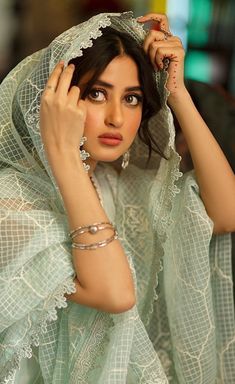
The problem is not the dupatta itself but the stacked tags and typical parameters which define the shape and curves of the female body as something abnormal. These prejudices pave the way for body-shaming slangs and boost barriers in the way of physical acceptance.
Due to this discriminatory response to the early spring of youth, many adolescent girls stop participating in outdoor games, just as I had done, as a young girl. The dupatta is problematic when it is used to make the upper-body completely vague, as if having a body is a something immoral.
Due to this discriminatory response to the early spring of youth, many adolescent girls stop participating in outdoor games, just as I had done, as a young girl. The dupatta is problematic when it is used to make the upper-body completely vague as if having a body is something immoral. Now that I have deliberately rejected these dress codes, I believe everything which is used as a weapon of the patriarchy should be challenged, experimented with, examined or at least considered with consciousness to get a reality check.
The relevance of the dupatta in Islam and its interpretations
The most highlighted verse regarding the dress-code from The Qur’an states –
‘O Prophet! Tell thy wives and thy daughters and the women of the believers to draw their cloaks close round them. (and cover their chest when they go outside.).’
- [Qur’an 33:59]
There is great dispute among Islamic scholars concerning the accurate interpretation of these verses but the basic meaning suggests to “cover up” the body as per the contemporary Arab tradition. In the immediate spacio-temporal locus of medieval Arabia, this commandment cannot be compared to crafting flawed parameters and snatching the authority to take decisions.
In the guise of questioning what comes under the definition of “cloak”- the dupatta, the hijab or the niqab- people cunningly use the verses as a tool to establish male-supremacy. The head, face, eyes, hands, feet, toes and nails get included and excluded like chess-pieces on the discussion table populated by male scholars from different schools of thought, while most people try hard to regulate the interpretations by putting decrees on each part of female body. It is also noteworthy that there is no authentic interpretation which allows people to paste derogatory terms on women or consider them less valuable creatures for having different dress-choices. For a first time reader, the verses may suggest the control of men over women but the again the prophet belongs to everyone irrespective of their gender.
The conspiracy of classification
The dupatta-discrimination results into categorisations of “good and bad”, “moral and immoral”, “superior and inferior”, “modest and disgraceful”, enhancing trenches among Muslim women.
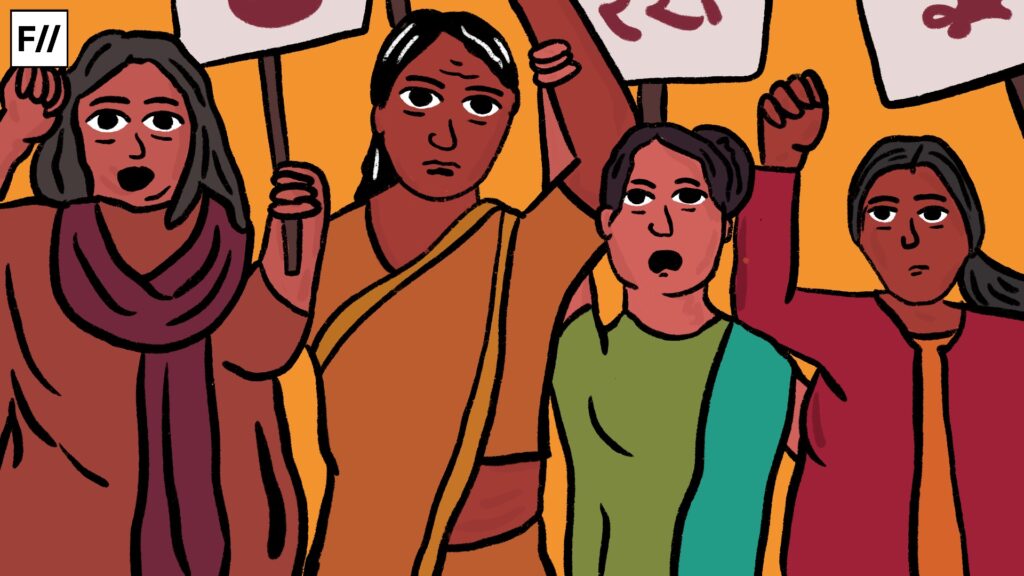
There are many beautiful styles of carrying a dupatta. However, the classification of women based on style is just a misogynist conspiracy to pit women against women in order to maintain male dominance. I see so many social-media posts which project a dupatta-draped girl as a saviour of the Muslim community and Islamic culture, or a muse of the great Indian tradition. However, people need to understand that the real saviours are always rebels, not the “born to adjust” women who adorn the patriarchal structures of society.
Bollywood as a manufacturer of stereotypes
Cinema has also played a great role in constructing the pillars of dupatta-politics through rose-tinted glasses. For instance, the song ‘Laaga chunari mein dagh’ illustrates the perplexity of a woman who is coping with the jagged tags of societal stereotypes, while ‘Inhi logon ne le lina dupatta mera’ links the idea of dignity to the dupatta, perpetuating misogyny. In a similar way ‘Odh li chunariya tere naam ki’ shows how the folds of the dupatta can ensnare a woman into male captivity.
The length of a dupatta can never ascertain the level of respect to be given to a person. Taking note of rape culture and the fake theory of “izzat” or honour, the whole concept of dignity and human value needs to be evaluated from scratch.
Bollywood needs to double-check the impact of wordplay in lyrics and dialogues because dignity is a virtue of spirit which dwells in the ideals of honesty, empathy, liberality and acceptance. The length of a dupatta can never ascertain the level of respect to be given to a person. Taking note of rape culture and the fake theory of “izzat” or honour, the whole concept of dignity and human value needs to be evaluated from scratch.
The dupatta and fundamental rights
The dupatta potentially plays a role in escalating gender-biased behaviour patterns. The oppressive nature of such a modest adornment has a deep-seated impact on the fundamental rights of equality and freedom. I consider that the right to wear or discard the dupatta also comes under the ambit of Article 21, which establishes the protection of life and personal liberty. Thus, the clash of conditioning and choice can also be recognised as a threat to one’s democratic rights.
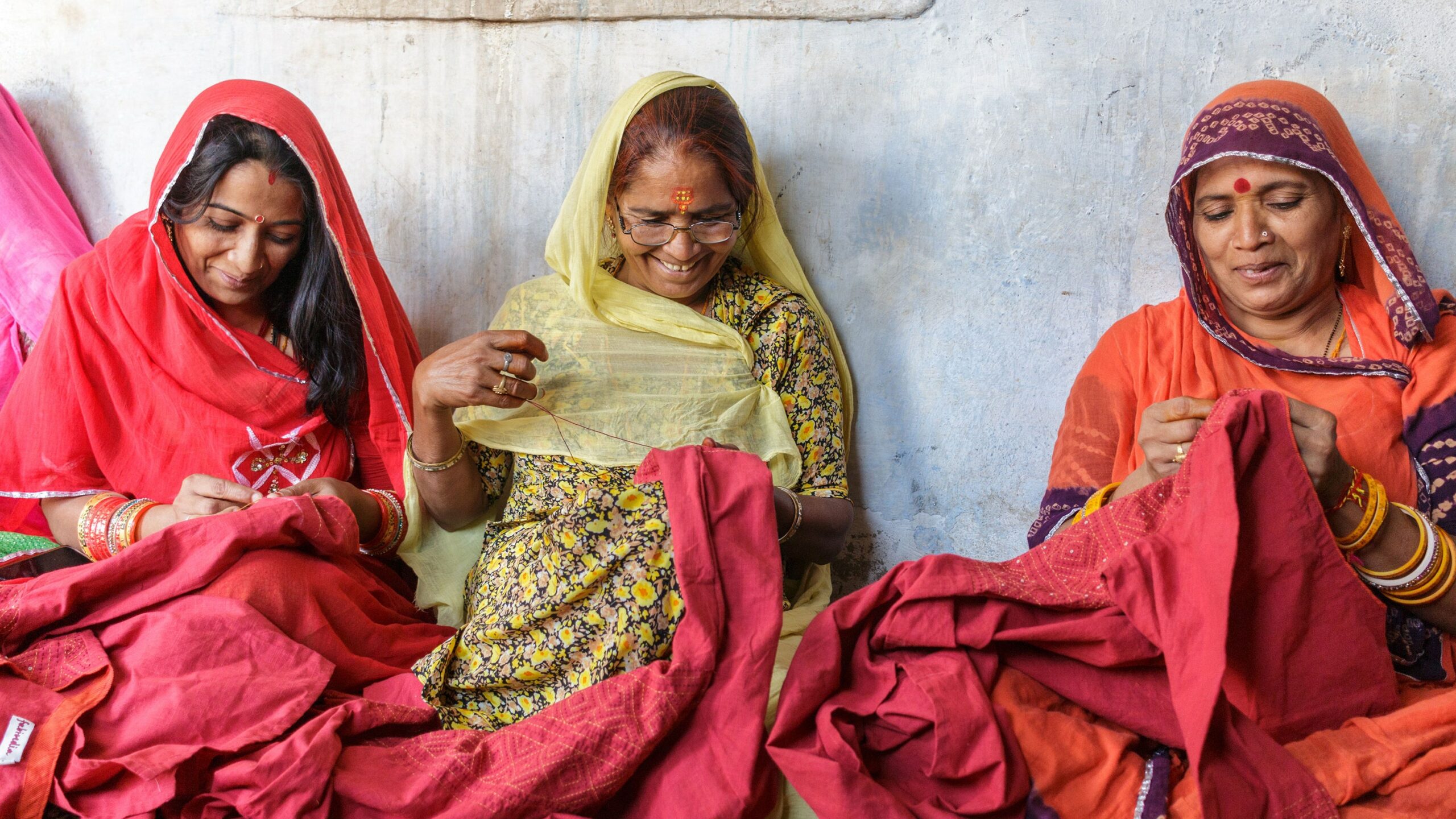
According to the ’Socio Economic and Caste Census of 2011’ (SECC) women make up 48% of the overall rural Indian population while as per the reports by Pew Research Center, 61% of Indian women cover their heads while going outside, which simply infers that the clutch of patriarchy is much more pronounced in rural areas. Even in the big cities and metropolises, despite the presence of empowered women and the post-modern wave of progressive feminism who are more welcoming towards dress choices, the intrusion of men in personal decisions has not stopped. The norm of labelling women for choosing the traditional hijab, a flowy dupatta or fancy crop tops exists in various forms including moral policing, which is extremely harmful to the unity, diversity and harmony of a multicultural nation.
Although these days the tumbling data of the dupatta market has consistently marked a noteworthy fall in demand-surge, the charm of dupatta-bazar still captivates the female population from varied backgrounds! While pointing out the patterns of discrimination, I also ponder over the new interpretations and meanings of the dupatta. Just examine- it is foldable, unstitched and free- so that one can break shackles and make personal choices. Thus, in my dictionary of feminism, the dupatta resembles the powerful urge for a gush of fresh air.
About the author(s)
Mariyam (she/her) has a thirst for journalistic and creative stories that consist of feminist, humanitarian, contemporary or artsy themes. She hails from a Political Science, English Literature academic background and an Urdu-Hindi crux.
For her, words are a visionary sovereignty to stand on and find the meaning of being while journalism is the only place where truth comes with utmost clarity, facts and data. When not weaving pointy narratives or poetic expressions, she loves mingling with cats or delving into photography, cinema, music, daydreaming and stargazing.
